Their names are Billy and Jeana Churchill, and they’re on one of the Cancer Center of America commercials. CCA has several commercials featuring different people, one of which always tends to make me laugh as the man with cancer illustrates how his wife yanked him by the collar and said, “You’re going to the doctor!”
 But the commercial that touches me most is the story of Billy and Jeana, as told by Billy.
But the commercial that touches me most is the story of Billy and Jeana, as told by Billy.
At the first of the commercial, Billy tells about hearing the news of Jeana’s pancreatic cancer and how his world shattered. While he talks, he’s wearing a half-smile; he gives a one-shouldered shrug, a wave of his hand.
These actions alone, when written like this, don’t present the picture of a man describing his wife’s diagnosis. But underneath raised brows were eyes that reflected heartbreak and fear. In the opening shot of the commercial, Billy seems to be one breath away from breaking down. He seems to be holding himself together with a flimsy thread of willpower. “My whole world just stopped.”
Billy Churchill isn’t an actor, he is a real person who was facing a real crisis with his wife and family. Their story is here, if you’d like to read it. It really is encouraging.
But I don’t mean for this to be a commercial for CCA or a discussion the Churchills’ battle. My point is how difficult it is for an author to capture natural expressions and body language. We raise brows or lower them, cause tears to burn in eyes or spill down cheeks. A shrug can mean a dozen things, a wave of the hand a dozen more. The combination of physical expressions can be confusing without powerful words in the dialogue.
Billy’s own physical motions were contradictory to the look in his eyes and the words he was saying. The half-smile, the dismissive wave of his hand. If an author limited her description to that alone, it could be difficult for the reader to interpret the emotion being portrayed.
Yet that is the most powerful portrayal of pain and helplessness I’ve ever seen, and I want to know how to capture it for the page. The image lasted less than a second–a blink, and you’d miss it. Reading my description of it takes longer.
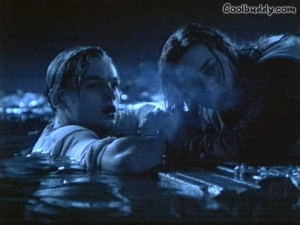 Another scene that made its imprint is one from Titanic with Leonardo DiCaprio. Jack and Rose are in the water. Jack finds a floating headboard and gets Rose safely on it. Then he tries to join her, and the board tilts, threatening to plunge her back into the icy ocean.
Another scene that made its imprint is one from Titanic with Leonardo DiCaprio. Jack and Rose are in the water. Jack finds a floating headboard and gets Rose safely on it. Then he tries to join her, and the board tilts, threatening to plunge her back into the icy ocean.
There’s shift of expression in his eyes, a slight nod of his head. Another “if you blink, you’ll miss it” moment. In that nano-second, Jack realizes that he is going to die while allowing Rose to live. His expression says, “Okay. So be it.”
Understanding and resolve expressed in an instant.
One more from a made-for-TV movie I saw long ago–one that actually reran the other day on either UPtv or Insp, and I missed it. Now I can’t even remember the name or the actors. Still, one scene sticks in my mind.
The main character is a cowboy/ex-rodeo star whose ex-wife died. Now he’s responsible for his daughters who have come to the ranch to live with him, and he’s flubbing everything up and making a mess of things. At least that’s how he feels about it, and sometimes his daughters and a pushy social worker reinforce his self-assessment.
There’s a scene in the local diner I’ve never forgotten. Well, I have to the extent that I don’t remember who the cowboy was talking to or what was said or virtually anything else about it, but I remember she said something that hurt him. Deeply.
In that moment, his eyes slammed shut in a wince. Then he twisted his head–with his eyes still closed–toward the window, and opened them to squint at the scene outside. Pain, presented, performed, and over before you could say, “Ouch.”
That’s all I remember, but until recently–until Billy Churchill’s CCA commercial–that’s the way I’ve always pictured a man who has had his heart sliced open.
When writers portray emotions as powerfully as these people can present them, we truly weld a magic wand. And we should strive for nothing less.
Then, someday, someone will be writing about our unforgettable portrayal techniques in some blog somewhere.

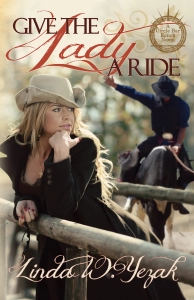





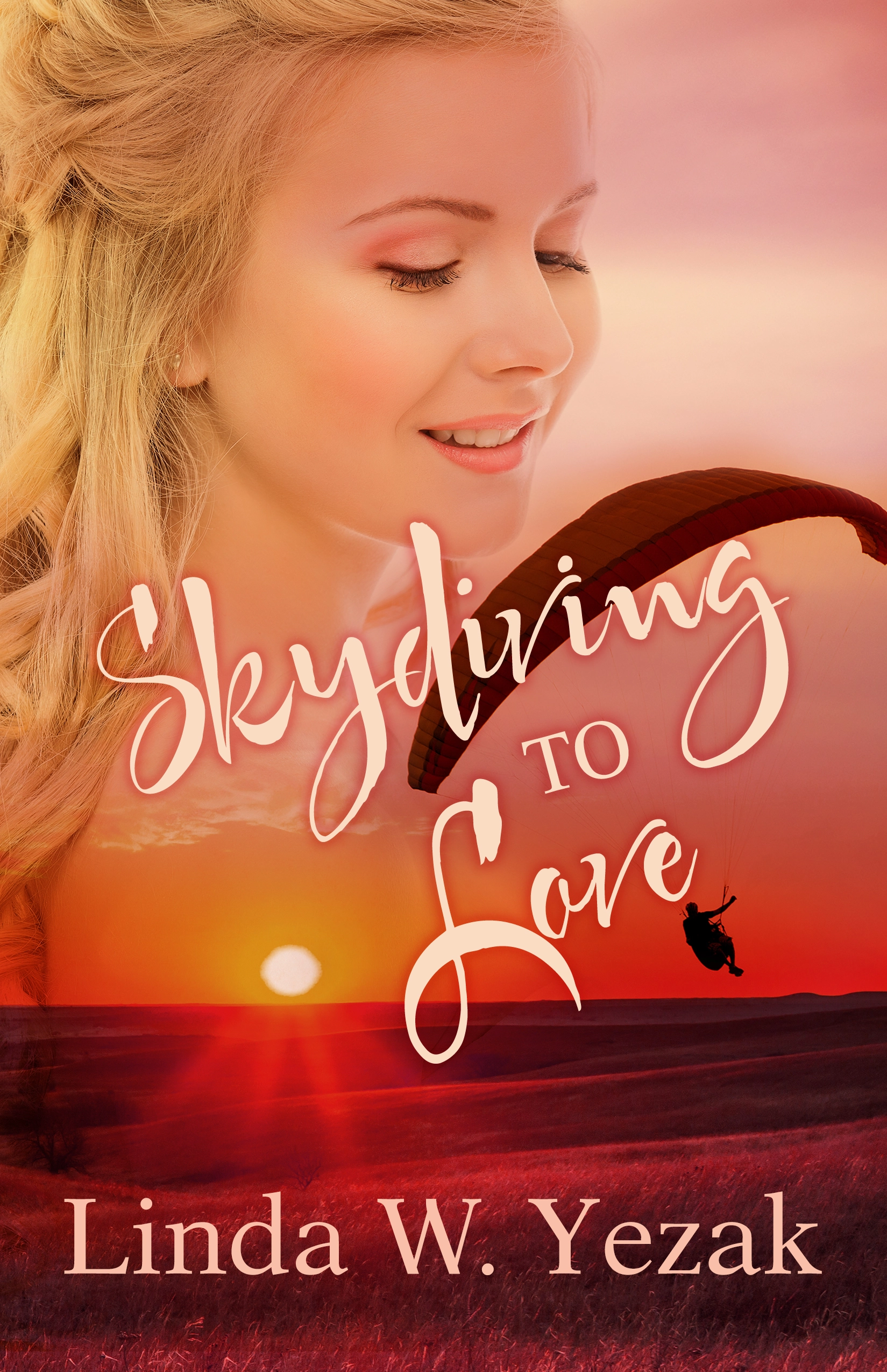
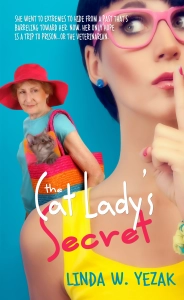






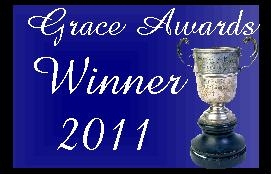


Now that was some powerful writing, girl!
LikeLike
Now, if I could only bring it into my novels! 😀
LikeLike
I can only dream that will happen – one day. One thing I noticed in each of those scenes is the simplicity of action. Deep emotion is rarely well expressed with flowery prose. Simple, straight forward description has a lot of power. Of course, it is easier to portray that kind of emotion if you have lived it yourself and / or witnessed it in those you love. Then it is only a matter of recording it. And yes, to get it right is an art.
LikeLike
The simplicity of the actions is *exactly* the point. You are so right–“deep emotion is rarely well expressed with flowery prose.”
Thanks for your comments, Ceci!
LikeLike
So powerful. I want to be able to write like that. Wow.
LikeLike
I think all writers ought to aim for an intense presentation of emotion using as few words as possible. I’m still working on it. 🙂
LikeLike
You brought me to tears.
You spur us authors to work harder for the emotion behind the words. Thanks, Linda.
LikeLike
Didn’t mean to make you cry, but I appreciate the fact you did! Presenting this in a post is one thing, doing it in a manuscript is another. I have to stop opting for the cliches too.
LikeLike
I adore moments like this. They’re especially powerful in film, since they’re so subtle and visual. They’re much harder to get across on the page. Great stuff!
LikeLike
It *is* harder. I’d love to learn the secret!
LikeLike
Pingback: When Val Kilmer Winks | Linda W. Yezak